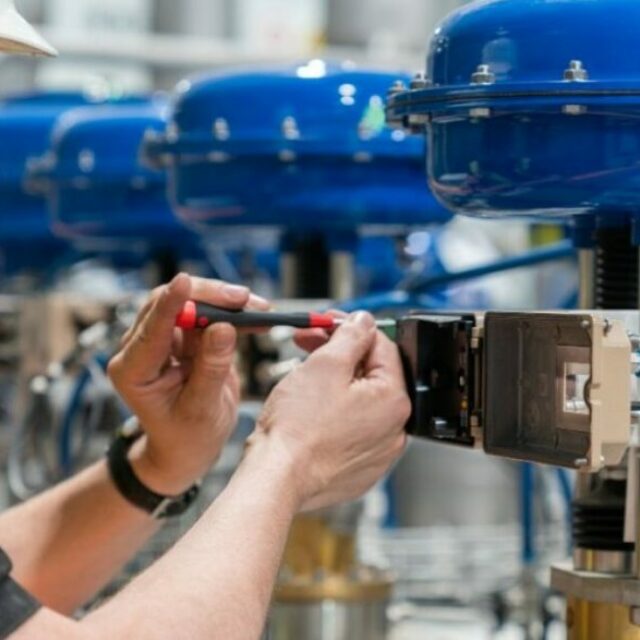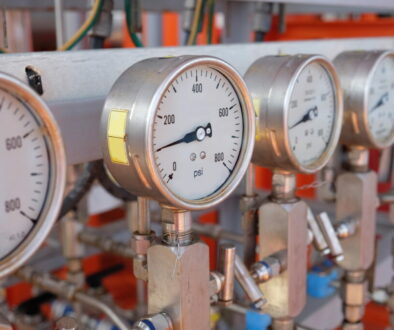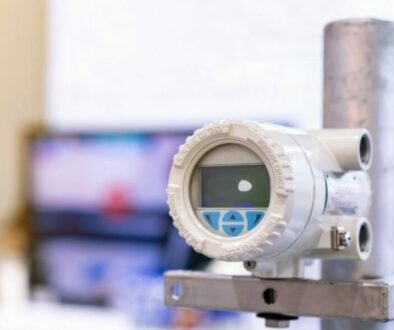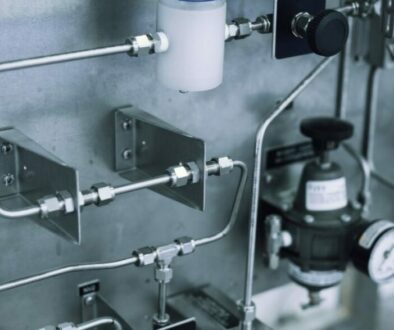Advances in Pneumatic Valve Control
Pneumatic proportional valves and pneumatic control technology has been around for a long time. Engineers and designers use valves to control the flow of liquids and gases within their systems. Flow control is the most important aspect of the valves, and without it, machine failures would result. The automation industry is bringing about many advances in pneumatic valve control and mainstreaming many production systems that utilize the internet of things (IoT). The industry is using networked systems, smart valves, and unified builds to bring the technology into the 21st century. As the evolution of the tech continues, pneumatic proportional valves and control valves continue to incorporate sensors, machine bus interfaces, and complex digital control features that render them ideal in emerging IoT-driven systems.
The Evolution of Valve Control Tech
In the beginning, pneumatic actuator control was accomplished through discrete wiring, with each device wired to a solenoid and triggered separately. This was expensive and time consuming to install. It also needed a host of output blocks on the system’s logic controller. A more manageable solution came to be with the creation of plug-in manifold valves connected to the controller with a single multi-pin connector. This small step began the process of reducing the wiring for control purposes. These manifold valves helped reduce labor costs and parts, but they didn’t incorporate feedback or other operational information in the valve spool actuation. Getting that information required parallel sensors to be wired through blocks to measure the pressure and the cycling of cylinders.
As systems became more automated, fieldbus connectivity was implemented using different protocols as backbones. Pneumatic valves began using both fieldbus and I/O interfaces to provide complete pneumatic valve packages that were more versatile and easier to integrate with smarter automation platforms. What all this means is that these advances, combined with lighter materials, allow for closer placement of the valve manifolds to the valves they control. This decreases the amount of tubing needed to connect the valves and cylinders and detects potential leakage in the system. Advances in pneumatic valve control will continue to drive down costs, inefficiencies, and errors in the manufacturing process.
Smarter Pneumatic Valves
One of the biggest challenges is the collection of real-time device data. System operators need to know how the machine is functioning on an up-to-the-second basis. Being able to find and analyze the system data is important for the functionality of the system. With the application of new, low-cost intelligent sensor networks, like IO links, it’s possible to gather data from pneumatic valves in real-time. Assured data collection increases control and makes for better overall performance. A new class of valves features integrated microsensors for pressure and flow monitoring. Data from the sensors offers new opportunities in adaptive control that weren’t practical before the digital revolution. IoT-enabled pneumatic valves now have features and technology that provide a new level of precision control for actuators and armatures. Because of more advanced electronics in the valve control modules, the valve manifolds can incorporate proportional integral derivative controller for pneumatic positioning applications. They automatically apply a responsive and accurate control function correction. This wasn’t possible a few years ago but has now become invaluable to the manufacturing sector.
Electropneumatic Pressure Regulation
Advances in valve performance and versatility took a big step forward with the integration of electropneumatic control capabilities in the valve manifold. A basic valve is a simple directional control valve. An electrical signal is sent to change the valve spool, and the air is directed out of a port. Electropneumatic pressure-regulating valves can provide a range of pressures up and down a linear scale based on the input signals. The original analog versions changed pressure based on an analog signal scale. It provided a linear output pressure to the cylinder according to the signal. The capabilities offered by digital valves and fieldbus connectivity makes the electropneumatic pressure control within the system more sophisticated. This advanced level of control elevates the value and versatility of pneumatics for a wide range of automated systems. It allows for more precise control of movement in the production process. Electropneumatic pressure regulators, combined with an advanced valve manifold with integrated communications bus, optimize the diffusion welding processes with dynamically controlled pressure that can be precisely tailored to the application. At the same time, intelligence built into the manifold monitors and documents all the valve’s functions, controlling the grippers for an enhanced level of quality control and process tracking.
Improved Monitoring and Control
One of the goals of IoT manufacturing is more sophisticated control of every single step in the production process. For example, machine operators building components for cars need to know the exact force, pressure, and position of a cylinder driving an actuator that’s pressing a bearing into a housing. They need that sequence documented so they know that thousands of parts later, it was manufactured with the exact same precision as the first part off the line. Any deviation in the data points generated by pneumatic components as they operate tells a story. It can indicate issues with the actual valve or actuator. It can also indicate other issues, like pressure loss in the air supply system, bearings being out of tolerance, or valves succumbing to seal degradation. The intelligence built into next-generation pneumatic valve technology provides new opportunities for that kind of monitoring, data gathering, and control. If a valve has a rating to provide a proper operating life of 120 million cycles, when it reaches 100 million cycles, a well-designed predictive maintenance system can capture and use that data to either conduct a diagnostic inspection or generate an automatic purchasing request for a replacement part. With IoT-enabled valve manifolds, a system can be engineered to supply different pressures easily and seamlessly for different tooling positions and sequences for flexibility, including support for on-the-fly pressure changes and tooling positions for quick product variations. As pneumatic components become more intelligent, they will continue to generate additional data points across the production systems where they are used—statistics, diagnostics, and lifetime data. This data has the most value when used to manage production systems more efficiently, control energy consumption, and maximize uptime.




